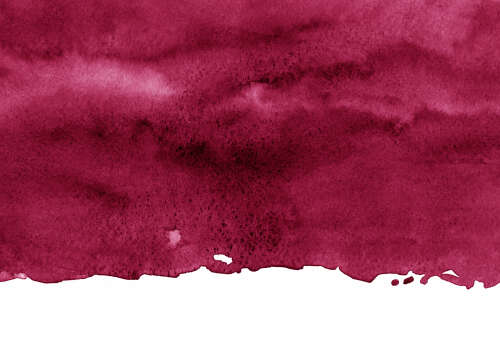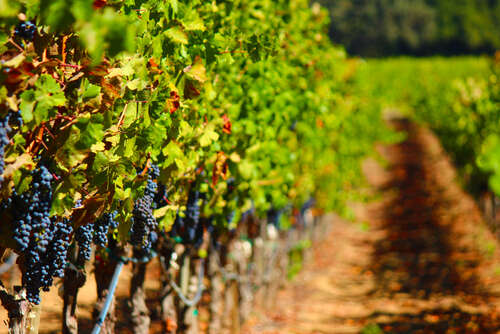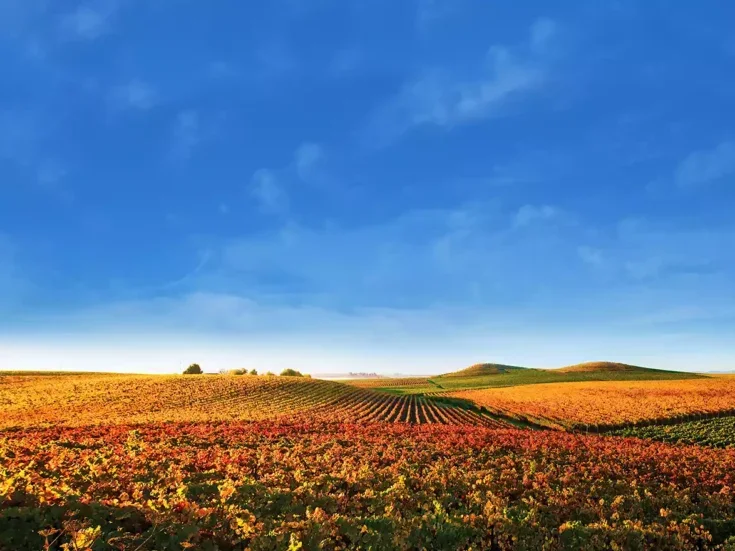
With tannins in young wines now showing much greater finesse, the world’s finest red wines are approachable at a much earlier stage, says Benjamin Lewin MW. But is a little youthful roughness required if a wine is to mature gracefully into old age?
I spent the summer in Bordeaux, Burgundy, and Barolo, catching up after two years of missing visits because of the pandemic. The extraordinary thing was not the differences characteristic of each region, but an overwhelming similarity: The wines of recent vintages were all so approachable.
Of course, you expect second wines in Bordeaux, regional Bourgogne, and generic Nebbiolo to be ready to drink soon after release, but the shock was that so many grands vins in Bordeaux, grands or premiers crus in Burgundy, and crus in Barolo and Barbaresco seemed virtually ready. Approachability was the rule rather than the exception for, say, 2020 in Bordeaux or Burgundy, and 2018 and 2019 in Barolo and Barbaresco. “Things are completely different now,” said my traveling companion, the anima figure, “for a new generation that doesn’t want to cellar wines and wants to drink them immediately. These are wines for drinkers and not collectors.”
It used to be that tasting barrel samples or even new releases was not for the fainthearted, but required a certain expertise. Struggling through the tannins, you would try to assess the underlying fruits, how long it would take for the tannins to let them show, and what the wine would be like when that happened. The view was that wine had to be tough when it was young in order to be good when it was old. (I have a theory that this was invented by wine merchants in Britain as a means of selling Bordeaux in the difficult decade of the 1930s.)
This view was even extended into arguing that if a wine was good to drink when it was young, it would never be good when old. That view persisted at least to 1982, when many critics dismissed the Bordeaux vintage as too approachable and not at all ageworthy. Has the situation reversed now to the position that a wine that’s good when young can also be good when it’s old? Indeed, even that it cannot be good when old if it’s not good when young?
Noticeable by their absence?
The change applies to the New World as well as to Europe. For all their superficial fruits, I have always found the Cabernet Sauvignons of Napa Valley difficult to appreciate when young because of the tannins that are part of the DNA of the variety. But there has been something of a change in style over the past few years, with a universal increase in the finesse of the tannins: They are finer and silkier, and because there is less bitterness on the finish, the fruits seem purer on young wines. This makes the wines more approachable, not because of greater fruit concentration, but because the fruits are better balanced against the tannins. I see this increase in refinement as the greatest advance in Napa over the past decade. It also means that the wines tolerate better than before ABV levels above 14%.

My own view of tannins is that if they are perceptible on the palate, the wine is not ready. Of course, that comes from an era when tannins brought perceptible bitterness. Partly because tannins are now finer, partly because fruit concentration is greater, partly because of an adjustment of taste to more powerful New World wines, there is now greater tolerance for tannins (and alcohol) among consumers than a generation ago. In many ways this is a pity, because even if these young wines bursting with fruit can be delicious at first blush, they do not show the subtlety of aroma and flavor that develops with age.
So, the questions are: Will these wines that are so approachable when young become more interesting as they age (and will they age as long as vintages of the prior generation); and does anyone care, anyway? When asked about aging, producers almost universally say that it’s not the quantity of tannins that matters—indeed, IPT (Indice de Polyphénols Totaux) levels have set new records in recent vintages—but the quality, so they expect the wines to age just as long, but to be more enjoyable along the way. Aubert de Villaine at Domaine de la Romanée-Conti is typically honest about it. “The question for me is whether these wines will age as long. I don’t know, but I do know that the wines of 2018, 2019, 2020 are delicious now. I am not pessimistic.”
Tannins and aging
What do tannins contribute to aging? Well, nothing directly. As they polymerize, they drop out of solution to become part of the sediment. This removes the sense of bitterness and texture that had obscured or overlaid the palate, allowing the intrinsic flavors to show themselves. As Sherlock Holmes might have said, they become noticeable by their absence. Maturation in flavor of the palate with age is due to changes in the fruit components that presumably will occur at the same space with or without the tannins. So, superficially, the argument that the wine will age just as well should hold water.
Ah, but the overall impression of the wine is greater than the sum of its parts; it is all a matter of that indefinable parameter: balance. Acidity, sweetness, bitterness, viscosity, texture, and many other factors contribute to balance. And in terms of the long-term development of red wines, the balance between tannic structure and fruits is crucial. Once the tannins have all resolved, what is there to hold the wine together?
Technically, the tannins are not in solution—rather, they are a colloidal suspension of very fine particles in the liquid. Without that suspension, flavors can seem to disintegrate. This is one of the reasons a wine becomes too old. If increased finesse of tannins is linked to more rapid resolution of structure, it is possible that the consequence may be the disappearance of the essential supporting structure at an earlier stage of evolution. We used to worry about the tannins outliving the fruits; now we have to worry about the tannins predeceasing the fruits. If tannic structure resolves too soon, fruits may never reach their ultimate stage of development. Perhaps, then, we do need the wine to be a little tough at the outset if it is gracefully to reach old age?






